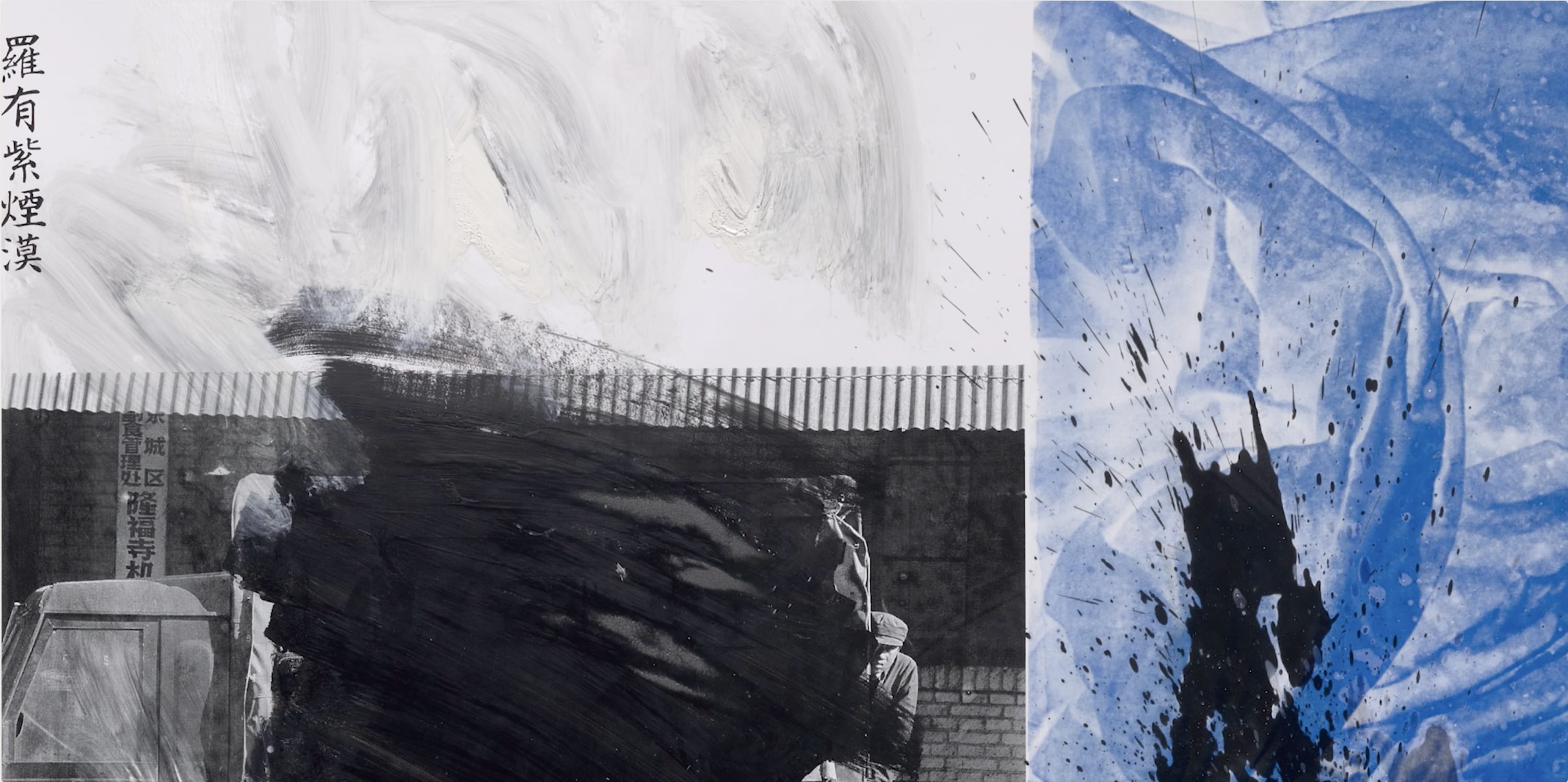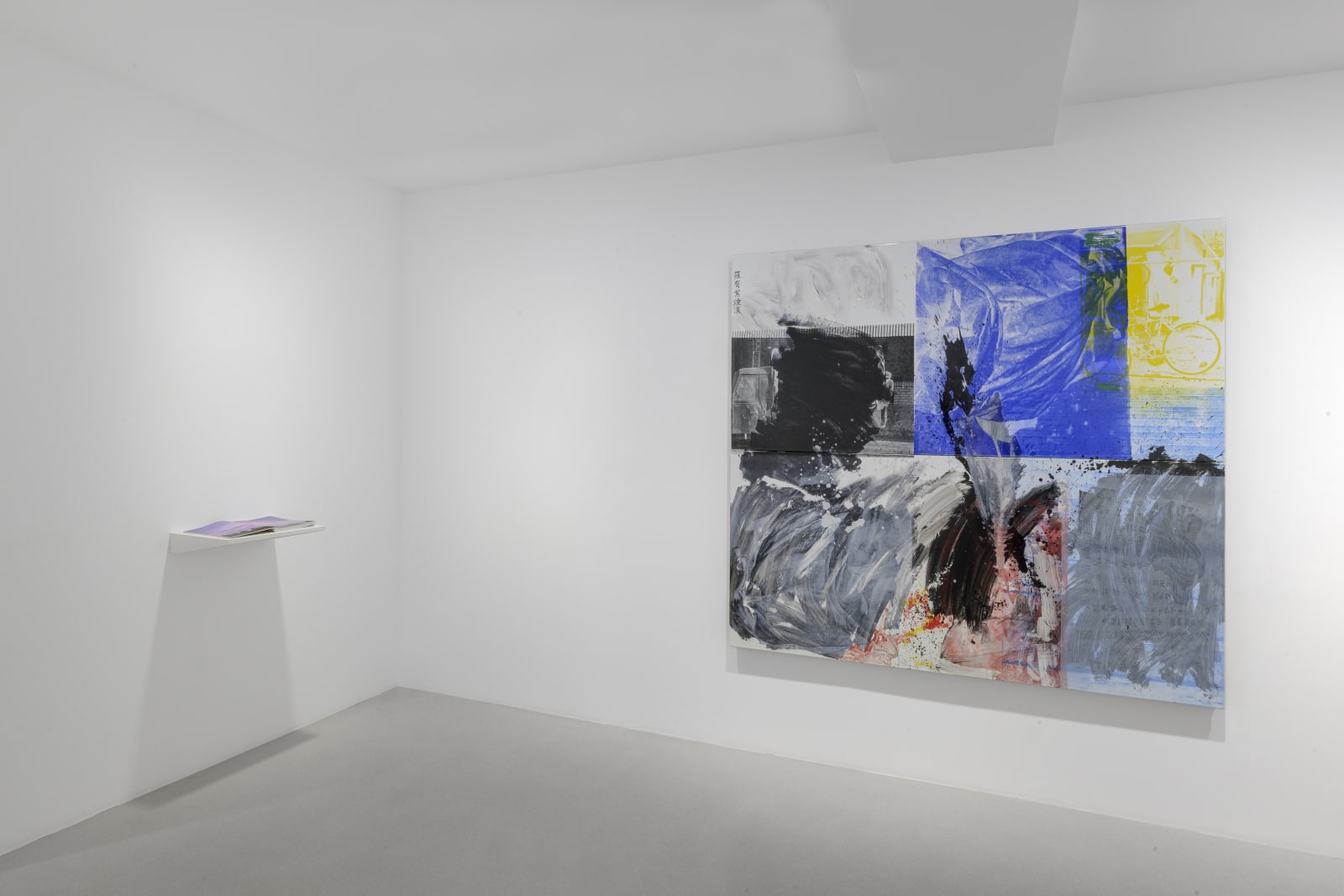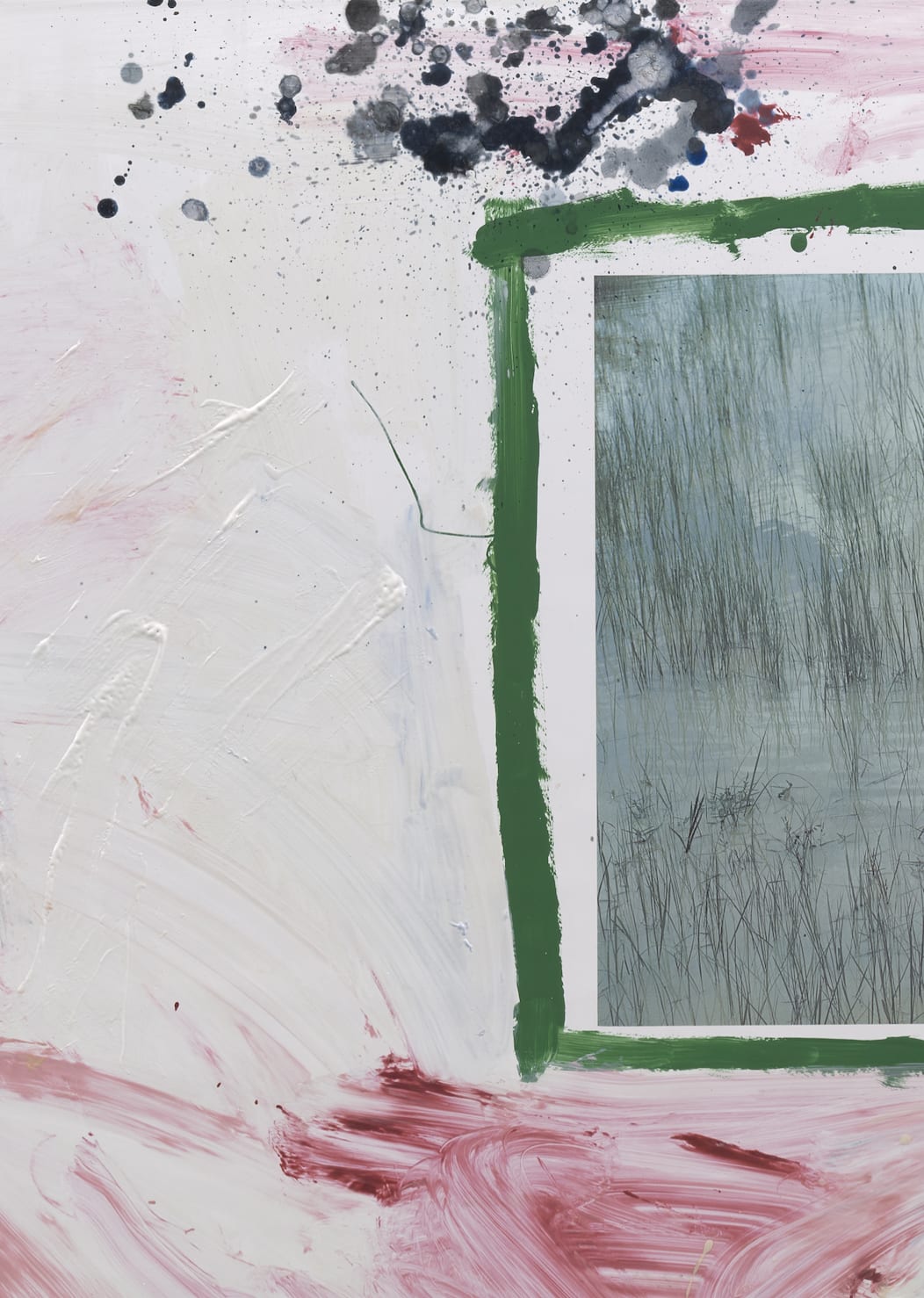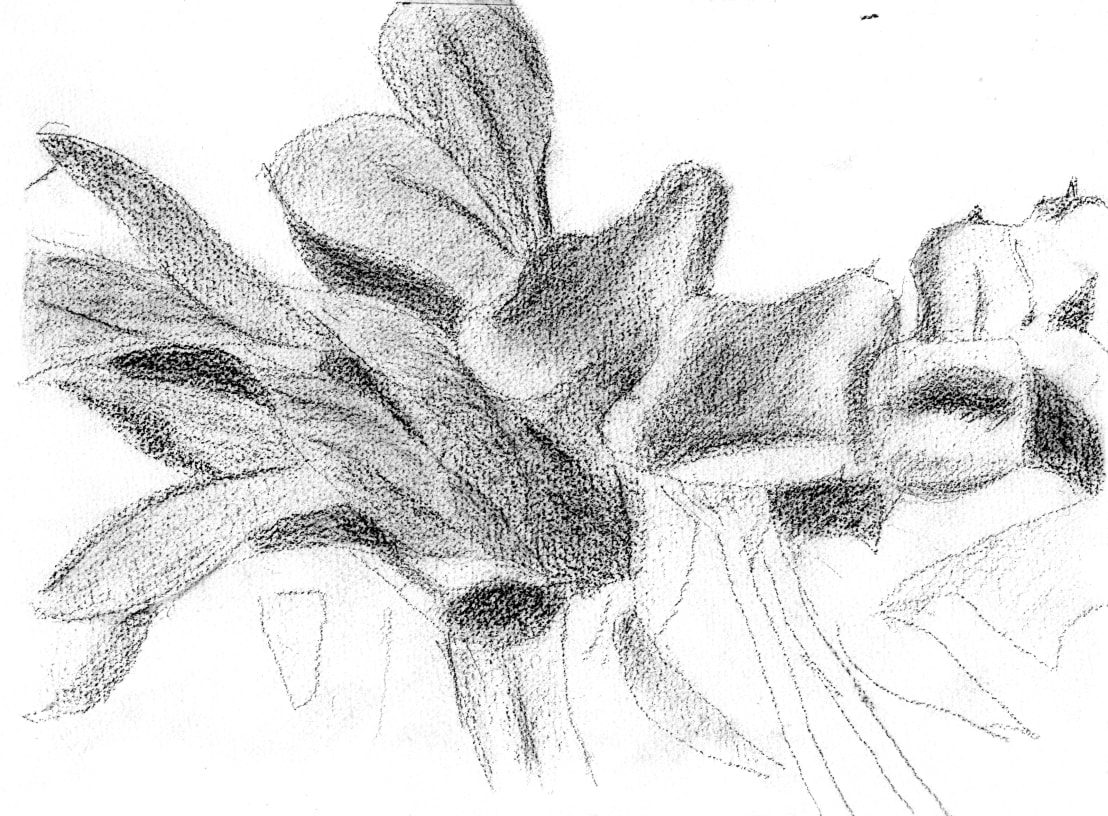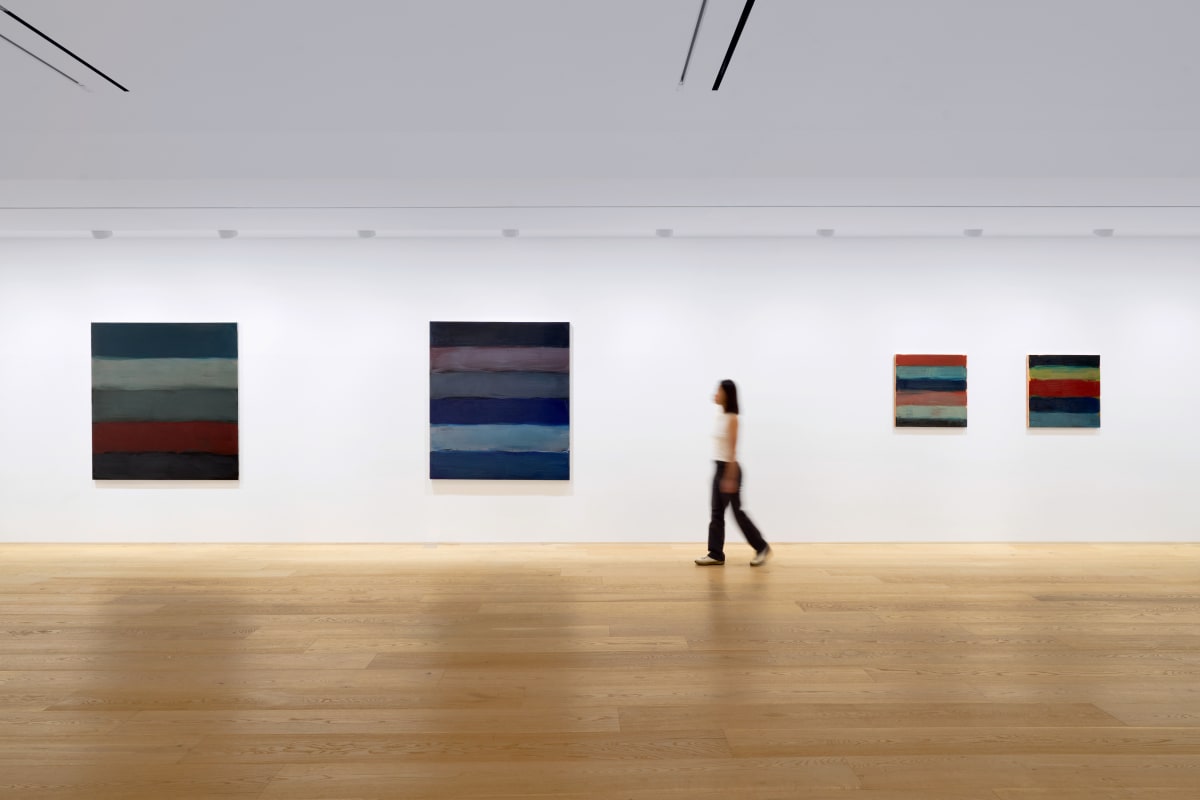Japanese Clayworks is an exhibition of key works on ceramic by Robert Rauschenberg from the 1980s, highlighting a formative period in the artist’s career.

Reprising important motifs from across his practice, such as wheels and modes of transportation, garden decorations that recall Classical sculpture, and landscapes that are alternately idyllic and strewn with industrial or urban debris, the artist’s specific arrangements of his own silkscreened photographs on the ceramic supports give the works a potency that goes beyond that of the individual images themselves, encouraging viewers to attempt to decipher them, while ultimately refusing any single interpretative meaning.
Testimony (Japanese Claywork), 1985Transfer and glaze on high-fired ceramic
180 x 200 cm (70 7/8 x 78 3/4 in)


Port-Trait II #1, 1989

Garden-Wise I #4, 1989

Garden-Wise III #3, 1989

This work on ceramic by Rauschenberg is part of the exhibition L'Argent dans l'art, currently on view at the Monnaie de Paris until 24 September 2023. Made at the Otsuka Ohmi Ceramics Company in Shigaraki, Japan, during the same period in which the artist was working on the Japanese Clayworks presented at Thaddaeus Ropac, this work belongs to his series of Japanese Recreational Clayworks. Executed while Rauschenberg waited for his Japanese Clayworks to be fired, this ceramic painting series, made on prefabricated 'art ceramic' panels that reproduced icons of the Western art history, is the second group of works created at the OOCC.
Untitled (Japanese Recreational Claywork), 1983Transfer and glaze on high-fired Japanese art ceramic
85.5 x 113 cm (33.66 x 44.49 in)
